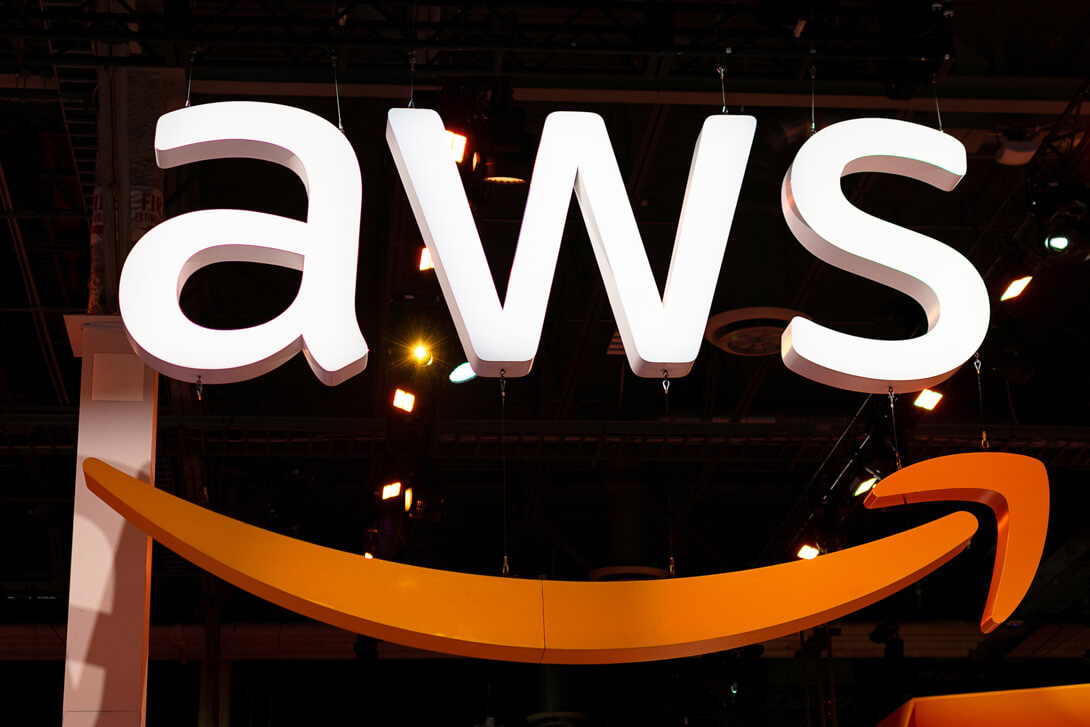According to Gartner, the IaaS public online market has been developed 31 percent in the year 2018 to total $22.1 billion. This rate is amazingly higher than the rate in 2015 that was $16.8 billion. Now it is assumed to observe the fastest growth in the IaaS services over the next five years, in comparison to the PaaS and SaaS. With an increase in the adoption of the IaaS environment, we feel SecOps teams facing lots of hurdles while expanding their security activities in IaaS platforms and keeping updated with the ever-evolving attack vectors. However, with help of the correct strategy like leveraging a CASB solution – any firm can enforce security standards in IaaS environments to mitigate their protection challenges. Cloud access security brokers solution can collect and analyze risky configuration settings by evaluating the security model of the online architecture – this will replace the requirement for CISPA point software. Next comes the explanation of security standards by the CloudCodes team of experts to protect AWS infrastructure.
CloudCodes Standards To Protect Amazon Web Services Infrastructure.
- Technical Guidelines to Work on Risky IaaS Platforms – Organizations increasingly have their statements of the company where their operation relies on the third party. For example – The HR department might be deciding to outsource their recruitment activities to a vendor who makes use of AWS S3 service to archive job applicant details. When organizations get heavily dependent on third parties for their business requirements, the overall service quality regarding security operations is usually unknown. What clients have to do is to have complete visibility into the cloud storage platforms where business data had been stored. This should also include the S3 bucket that is owned by third-party vendors to be known about the risks, caused due to the misconfigurations like enabling World Reads/Writes or activating AWS customers to define bucket rights.
Just A Point to Help – CloudCodes security solutions guide customers with the best approaches to use CASB to protect AWS infrastructure by getting real-time data visibility features. Also, this helps in mitigating the overall risk exposures that are usually caused due to human errors. - Monitor Security Configurations to Avoid Data Breaches – Gartner had figured out that around 99 percent of data breach incidents are caused because of the internal misconfigurations of IT architecture. It is tough to identify these misconfigurations due to the insufficient amount of security resources to locate and verify inadvertent misconfigurations. The issue is so complicated that almost the entire ten core data breaches, which happened currently from the AWS S3 bucket, were caused only because of misconfiguration. These misconfigurations enable Work Read rights on the Amazon service buckets and hence, enabling hackers to exfiltrate confidential data. Any company subject to a security, assurance framework, or security must have constant monitoring standards to achieve prevention against data breaches.
- Enforce Data Loss Prevention Approaches for Security – Organizations use CloudCodes DLP solutions across their Infrastructure-as-a-Service environment. This idea to protect AWS infrastructure enables consumers to develop DLP standards on the basis of keywords, data identifiers, and structured or unstructured fingerprints for addressing where their confidential records are placed. This enables them to properly enforce security controls at the appropriate location to ensure data security. Also, data loss prevention techniques can be utilized to analyze resources, which are purposely configured as unencrypted and public. It is essential for the client’s security field to offer visibility into the confidential information stored in unstructured and structured data sources across AWS. With this security measure, one can pinpoint any element across such services, which comprises sensitive information, and make sure that it is adequately secured.
- 24*7 Traffic Visibility Over the Company’s Network – Amazon web services comprise the native network traffic logging capability via Network flow logs and VPC flow logs, respectively. CloudCodes takes logs from different linked sources to render clients a holistic view of the entire traffic present in the network. This comprises of network security group analysis for the identification of configuration settings, check resources available for the back-end services vs. public services only, and a deep analysis of denied or allowed traffic for validating whether any standards are to be changed. This mitigates the demand for SecOps to research and study ACLs (Access Control Lists) of security teams within the AWS infrastructure. The entire security measure helps in enhancing the ability to protect network traffic and mitigate the risk.
Its Time to Conclude
The top four security capabilities to protect AWS infrastructure are explained in this post. The major aim of these solutions is to allow Amazon clients to use online services in the best way; without any risk of data breaches or cybercrimes. In case, people ignore these basic approaches, no one can protect them from passing through the worst consequences of using online services. In the end, we only want to say – readers can understand these solutions thoroughly and implement them to have a safe and secure journey in the CyberWorld.

